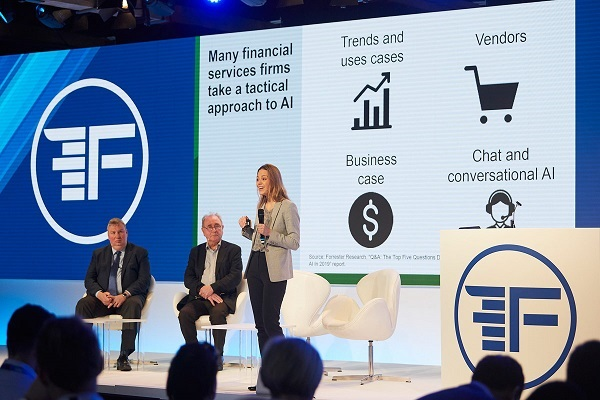Dealing with information and data is turning out to be a preeminent grindstone in every sector. This is the age of big data, where every professional relies on Data Analytics for accessing, managing and altering huge volumes data. Big data analytics has found greater resonance within the banking and finance sectors since most banking units have identified the need to create customer-centric solutions using data gathering techniques.
However, it is astonishing to see that banks and the related sectors are facing stringent challenges in dealing with customers, even though they have an extensive amount of information about their customers. Consumers are increasingly turning to online channels and mobiles for their finance-related operations and this is making it harder for banks to manage this enormous amount of data.
Why are banks facing Competition?
Surprisingly, only 37% of banks have firsthand experience with implementing big data technology for improved operations and consumer benefits. They are unable to exploit this data and act upon it for profit making. The major reason behind this cut-throat competition is the lack of analytic talent because Data is useless without skills to analyze it.
Apart from the shortage of analytical skills, the following are some of the problems faced by banks:
- Inability to analyze large data sets.
- Data silos.
- Real-time analytics.
Who is taking over banking?
There was a time when financial institutions were the only ones responsible for all kinds of business and personal payments. Now, non-banking organizations are competing with banking industries, with outstanding digital inventions which, as a result, are pushing the core banking groups to the bottom. The leading example today is Paypal, which is the number one payment gateway for all your online banking transactions.
Similarly, many non-banks have made lives easier by introducing personalized wallets that let customers buy directly from their login and receive incredible discounts and offers. Companies like Twitter, Apple, and Google, are becoming the biggest banking giants for online payments, enabling shoppers to navigate through their accounts for payments. They have recently launched their virtual debit cards for keeping up with a mobile app. Such ATM wallets function like a real debit account, bringing in more than a million users each year.
The continuous rise of non-banking companies, taking care of consumer’s finance operations is a serious threat, and this gap needs to be closed at the earliest.
How can Banks derive greater value from Customer data?
While customer gratification is the priority, the whole banking sector has to enter the battlefield and fight for their position in society! The best strategy to win this battle is to find and hire big data experts and professionals skilled in management, calculations, logistics, and statistics.
They need to defend themselves against web titans like Google Pay and Paypal. Just giving the option of internet banking is not enough; there have to be some exceptional innovations for customers making the maximum profit from your banks. Prior groundwork and post-advantages of banking can bring better results.
Banks need to synthesize their operations with novel digital devices and give customers a clear picture of what, how and where to buy. Providing top-notch services is the ultimate option banks can provide, to cope with private, non-banking divisions. Faster access to their wallet, higher offers on online websites, fruitful cashbacks, better ways of managing money and investments can draw people’s interest in using banking services for digital payments.
Research shows that banks that implement big data analytics have a 4% lead in the market share compared to others and a greater level of customer contentment.
U.S. Bank: Fifth largest commercial bank in the US, this unit has installed an analytic solution to maximize lead conversions through multi-channel data. It aims at integrating data from online and offline routes and feed into the bank’s CRM solution, providing employees with relevant leads. This has increased the lead conversion more than 100%, offering consumers a more personalized experience.
European Bank: A middle-level European bank has recently developed a ‘propensity to save’ model, allowing consumers to invest in saving products by calculating the saving probability for around 1.5 million customers. The model has generated an increase of 200% in conversion growth rate within two month’s time.
As the lines between industry sectors blur all around, financial services will take on new meaning in the minds of consumers – and perhaps very quickly. To be a profitable sector, banks cannot simply rely on providing accounts and access to funds. The future of the sector will depend on its ability to provide services that help customers save and better manage money in their everyday lives.























